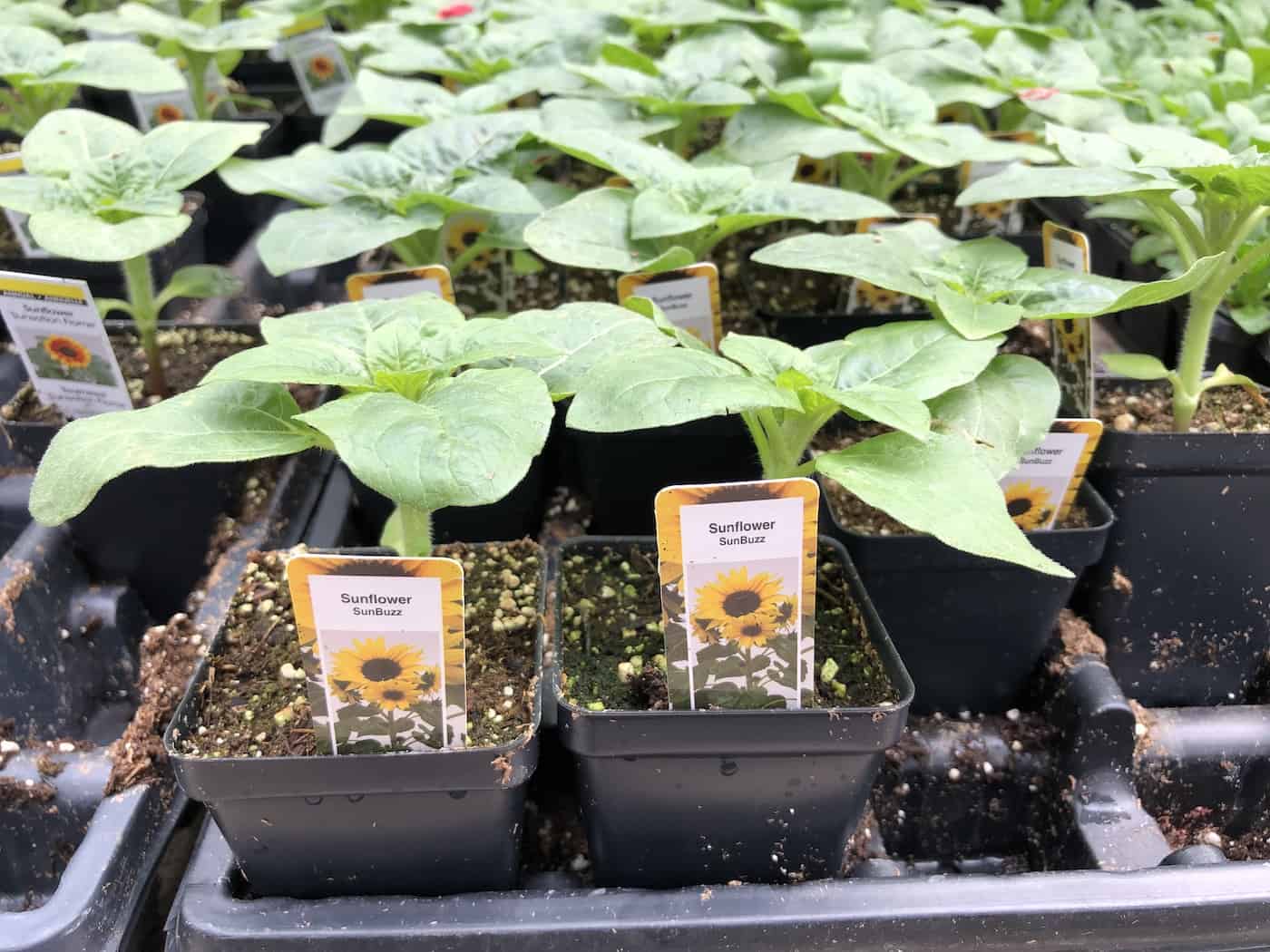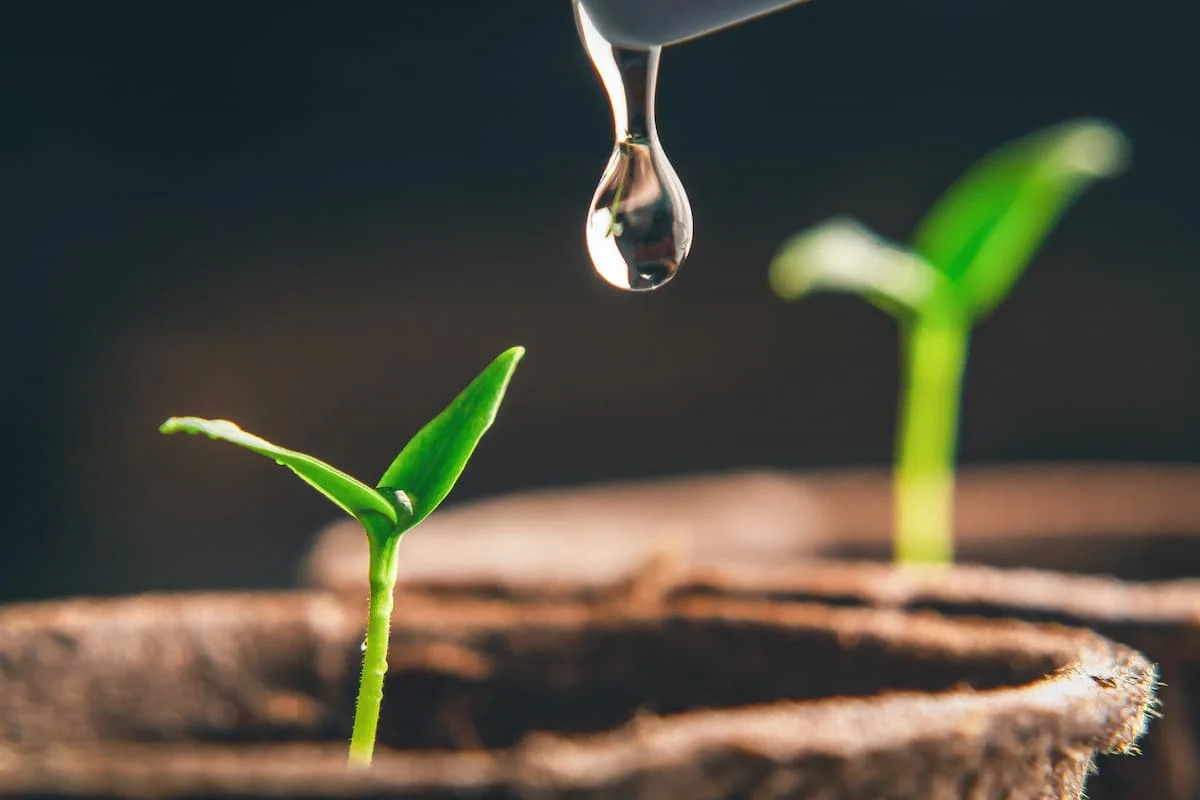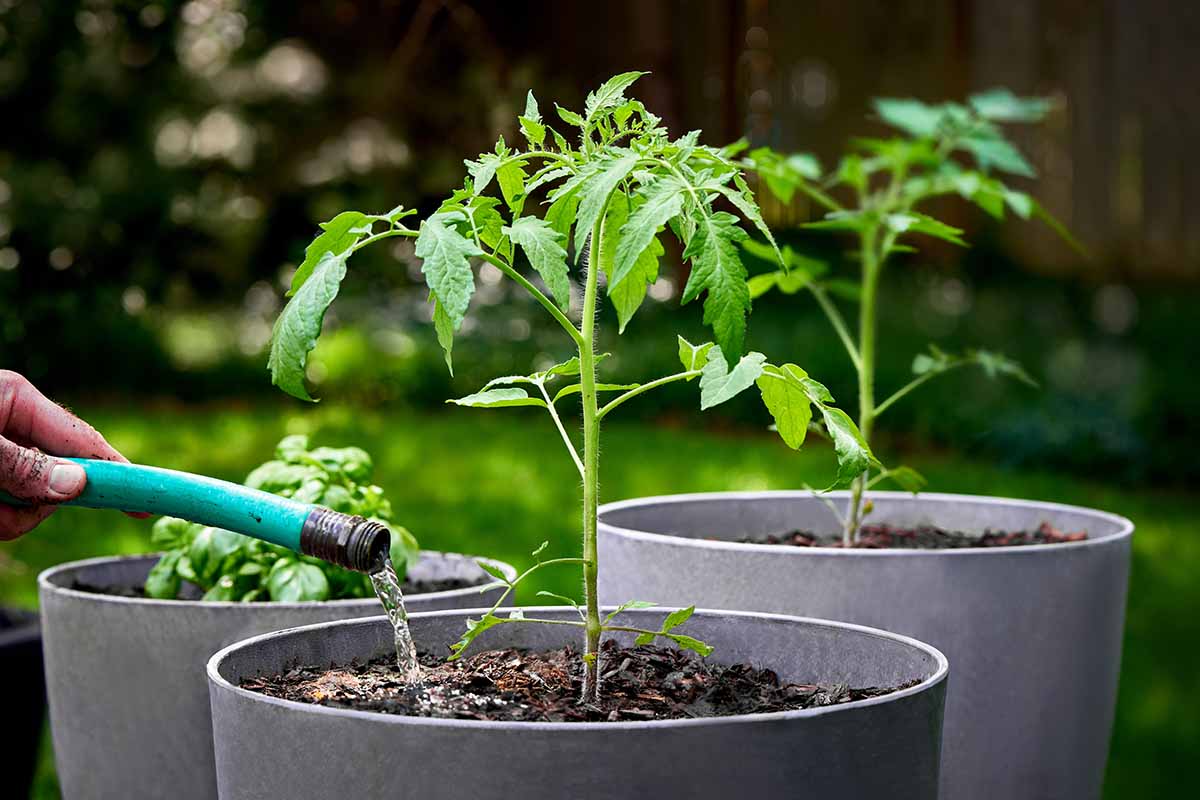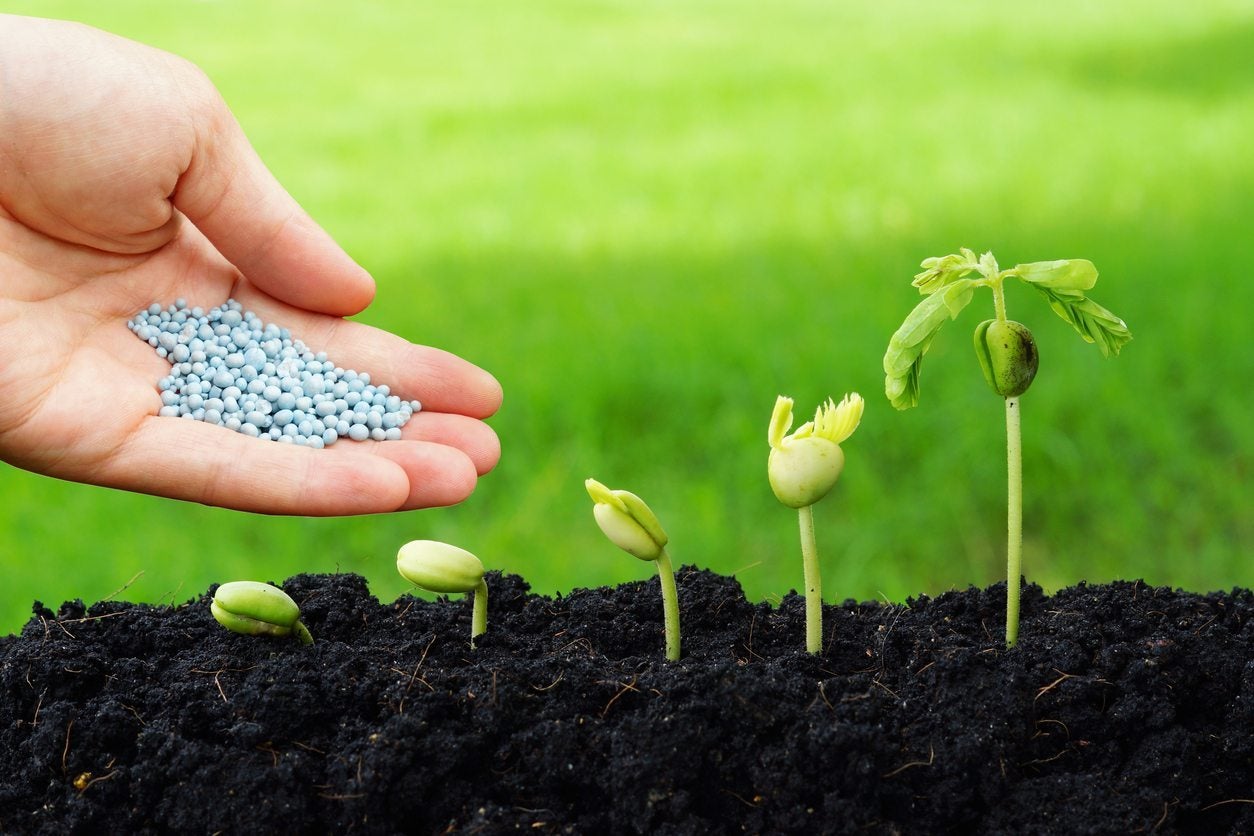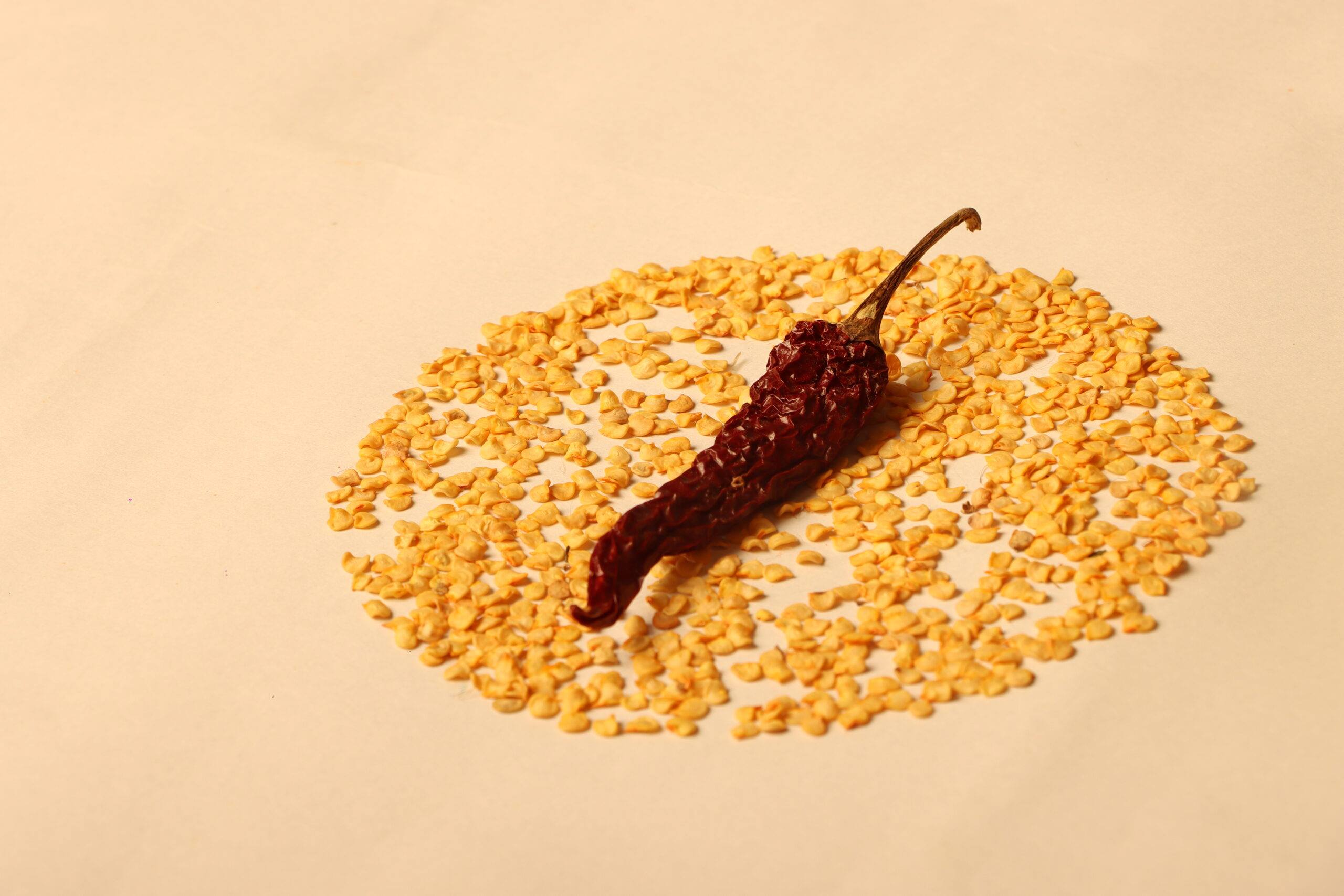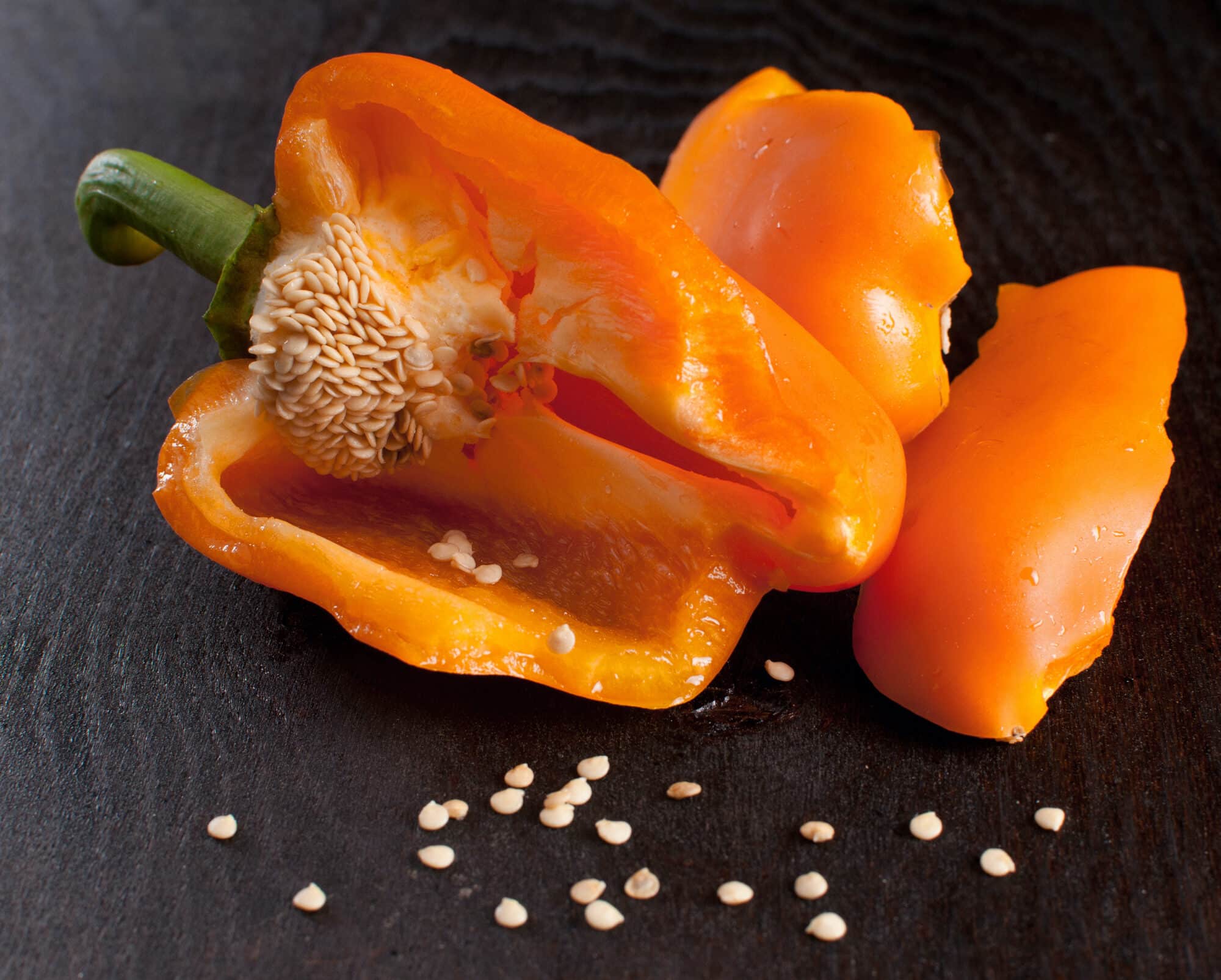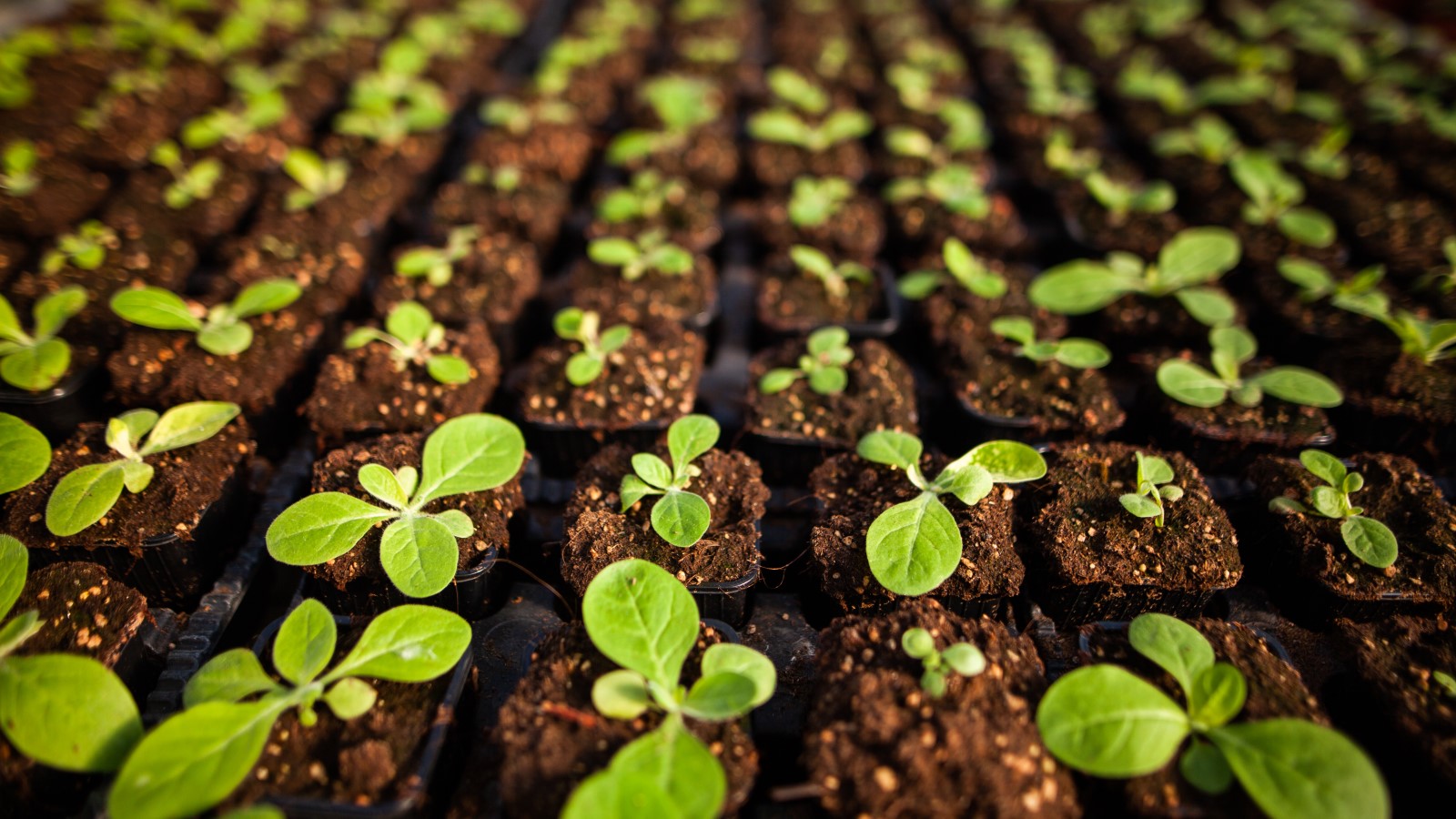Home>Gardening Techniques>Plant Care>How Often To Fertilize Pepper Seedlings
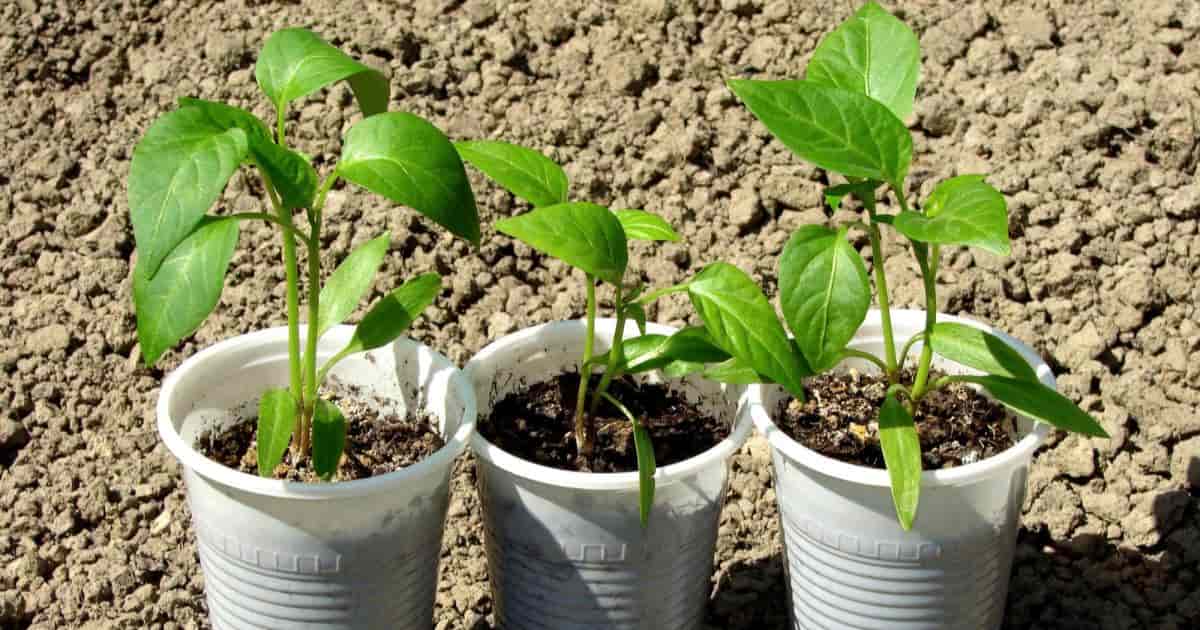

Plant Care
How Often To Fertilize Pepper Seedlings
Published: January 1, 2024
Learn the best plant care practices for pepper seedlings, including how often to fertilize them for optimal growth and health. Expert tips and advice for successful pepper plant care.
(Many of the links in this article redirect to a specific reviewed product. Your purchase of these products through affiliate links helps to generate commission for Chicagolandgardening.com, at no extra cost. Learn more)
Table of Contents
Introduction
Growing pepper seedlings can be a rewarding experience, whether you are a seasoned gardener or just starting out. To ensure the healthy development of your pepper plants, proper fertilization is essential. However, determining the right frequency for fertilizing pepper seedlings can be a bit perplexing. This comprehensive guide is designed to provide you with the knowledge and insights needed to make informed decisions about fertilizing your pepper seedlings.
Fertilizing pepper seedlings at the right frequency is crucial for their growth and productivity. By understanding the factors that influence the fertilization schedule and implementing best practices, you can optimize the health and yield of your pepper plants. In this article, we will delve into the various aspects of fertilizing pepper seedlings, including the factors that affect fertilization frequency and the best practices for determining the right schedule. Whether you are growing bell peppers, chili peppers, or any other variety, this guide will equip you with the knowledge to foster robust and thriving pepper seedlings.
Throughout this article, we will explore the intricacies of fertilizing pepper seedlings, providing you with valuable insights and practical tips to help you achieve success in your pepper gardening endeavors. So, let's embark on this enlightening journey to uncover the secrets of fostering healthy and vibrant pepper seedlings through proper fertilization.
Understanding Pepper Seedlings
Pepper seedlings, also known as pepper plants in their early stages of growth, require specific care to ensure their healthy development. Understanding the characteristics and needs of pepper seedlings is crucial for implementing an effective fertilization regimen. Pepper seedlings typically emerge from seeds within 7 to 14 days, and they require a warm and moist environment to thrive. As they grow, pepper seedlings develop delicate stems, lush green leaves, and a budding root system that is essential for nutrient uptake.
Pepper seedlings are particularly sensitive to environmental conditions, and their nutritional requirements evolve as they progress from seedlings to mature plants. During the seedling stage, they are vulnerable to nutrient deficiencies and imbalances, which can hinder their growth and resilience. This makes it imperative to provide them with the appropriate fertilization from the early stages to promote robust growth and prepare them for transplanting into the garden or larger containers.
Understanding the growth patterns and nutrient needs of pepper seedlings is pivotal for devising an effective fertilization strategy. By observing the development of the seedlings and monitoring their response to fertilization, you can tailor the nutrient supply to meet their specific requirements at each stage of growth. Additionally, being attuned to the subtle changes in the appearance and vitality of the seedlings can help you identify any nutrient deficiencies or excesses, allowing for timely adjustments to the fertilization regimen.
As we delve deeper into the world of pepper seedlings, we will explore the factors that influence their fertilization needs and how to determine the optimal frequency for fertilizing these young plants. By gaining a comprehensive understanding of pepper seedlings, you will be better equipped to provide them with the care and nourishment they need to flourish and eventually yield a bountiful harvest.
Factors Affecting Fertilization Frequency
Several factors influence the frequency at which pepper seedlings should be fertilized. Understanding these factors is essential for devising an optimal fertilization schedule that caters to the specific needs of the seedlings. By taking into account the following key factors, you can ensure that your pepper seedlings receive the appropriate nutrients at the right intervals, promoting healthy growth and vigor.
- Stage of Growth: The stage of growth of the pepper seedlings plays a significant role in determining the frequency of fertilization. During the early stages, when the seedlings are establishing their root systems and developing their first true leaves, they have distinct nutritional requirements. As they progress to the later stages of growth, their need for nutrients may change, necessitating adjustments in the fertilization schedule.
- Container Size and Soil Volume: The size of the container and the volume of soil available to the pepper seedlings can impact the frequency of fertilization. In smaller containers with limited soil volume, nutrients may deplete more rapidly, requiring more frequent fertilization. Conversely, seedlings in larger containers with ample soil volume may require less frequent fertilization.
- Environmental Conditions: Environmental factors such as temperature, humidity, and light intensity can influence the metabolic activities of the pepper seedlings and their nutrient uptake. Warmer temperatures and increased light exposure may accelerate the growth and nutrient utilization of the seedlings, potentially necessitating more frequent fertilization.
- Soil Composition and Nutrient Content: The composition and nutrient content of the soil or growing medium used for the pepper seedlings can impact the frequency of fertilization. Soil that is rich in organic matter and nutrients may sustain the seedlings for longer periods, requiring less frequent fertilization, while nutrient-poor soil may necessitate more regular supplementation.
- Watering Practices: The frequency and method of watering can affect the availability and distribution of nutrients in the soil. Overwatering or underwatering the seedlings can disrupt nutrient uptake and utilization, influencing the need for adjusting the fertilization frequency to compensate for any imbalances.
By considering these factors and their interplay, you can tailor a fertilization schedule that aligns with the specific requirements of your pepper seedlings, promoting optimal growth and vitality.
Determining the Right Fertilization Schedule
Establishing the ideal fertilization schedule for your pepper seedlings involves a thoughtful and observant approach. By taking into account the unique characteristics of your seedlings and the environmental conditions in which they are growing, you can devise a customized fertilization regimen that supports their health and development. Consider the following steps to determine the right fertilization schedule for your pepper seedlings:
- Assess the Growth Stage: Observe the developmental stage of your pepper seedlings. During the initial stages, when the seedlings are establishing their root systems and developing their first true leaves, they may require a gentle and balanced supply of nutrients. As they progress to the later stages of growth, their nutritional needs may evolve, necessitating adjustments in the fertilization schedule.
- Monitor Nutrient Uptake: Pay attention to how the seedlings respond to fertilization. Monitor their overall growth, leaf color, and vigor to gauge their nutrient uptake and utilization. If the seedlings exhibit signs of nutrient deficiencies or excesses, such as stunted growth or leaf discoloration, consider adjusting the fertilization frequency and formulation accordingly.
- Consider Environmental Factors: Take into consideration the environmental conditions in which the pepper seedlings are growing. Factors such as temperature, humidity, and light exposure can influence the metabolic activities of the seedlings and their nutrient requirements. Warmer temperatures and increased light intensity may accelerate the growth and nutrient utilization of the seedlings, potentially necessitating more frequent fertilization.
- Adapt to Container Size and Soil Volume: Evaluate the size of the containers and the volume of soil available to the pepper seedlings. Smaller containers with limited soil volume may require more frequent fertilization, as nutrients can deplete more rapidly. Conversely, seedlings in larger containers with ample soil volume may necessitate less frequent fertilization.
- Implement a Balanced Approach: Strive to strike a balance in the fertilization schedule, providing the seedlings with a steady supply of essential nutrients without overloading them. Consider using a well-balanced, water-soluble fertilizer specifically formulated for young seedlings, and follow the manufacturer’s recommendations for application frequency.
By carefully considering these factors and implementing a tailored approach to fertilization, you can determine a schedule that meets the specific needs of your pepper seedlings, fostering their robust growth and preparing them for successful transplantation and subsequent maturation.
Best Practices for Fertilizing Pepper Seedlings
Fertilizing pepper seedlings according to best practices is essential for nurturing their growth and ensuring their long-term health. By following these guidelines, you can optimize the fertilization process and provide your pepper seedlings with the nutrients they need to thrive:
- Use a Balanced Fertilizer: Select a water-soluble fertilizer that is specifically formulated for young seedlings. Look for a balanced formulation with equal N-P-K (nitrogen, phosphorus, and potassium) ratios to support overall growth and root development. Avoid using high-potency fertilizers, as they may overwhelm the delicate seedlings.
- Follow Recommended Dilution Rates: Dilute the fertilizer according to the manufacturer’s recommendations to avoid overconcentration, which can lead to fertilizer burn or nutrient imbalances. Use a measuring spoon or cup to ensure accuracy in preparing the fertilizer solution.
- Apply Fertilizer with Care: When applying the fertilizer solution, aim to moisten the soil evenly around the seedlings. Avoid direct contact of the concentrated fertilizer solution with the foliage, as this can potentially cause leaf burn. Gently water the seedlings after fertilization to facilitate nutrient absorption.
- Observe Watering Practices: Coordinate the fertilization schedule with regular watering to maintain consistent soil moisture. Ensure that the soil is adequately moist before applying the fertilizer, as this promotes the uniform distribution and uptake of nutrients by the seedlings.
- Monitor Growth and Vitality: Regularly assess the growth and overall vitality of the pepper seedlings following fertilization. Look for signs of healthy growth, such as vibrant green foliage, sturdy stems, and gradual development. If any adverse effects or deficiencies are observed, adjust the fertilization schedule or formulation accordingly.
- Consider Supplemental Nutrients: In addition to the primary macronutrients (N-P-K), consider supplementing the seedlings with micronutrients essential for their growth, such as calcium, magnesium, and iron. These micronutrients play crucial roles in various physiological processes and contribute to the overall health of the seedlings.
By adhering to these best practices, you can foster a nurturing environment for your pepper seedlings, promoting their resilience and preparing them for successful transplantation and subsequent growth. Remember to approach fertilization with attentiveness and care, taking into account the individual needs of your seedlings and the evolving conditions in which they are cultivated.
Conclusion
As you embark on the journey of nurturing pepper seedlings, understanding the nuances of fertilization is paramount to their success. By delving into the factors that influence fertilization frequency, determining the right schedule, and implementing best practices, you can provide your pepper seedlings with the optimal care they require for robust growth and future productivity.
Throughout this guide, we have explored the significance of tailoring the fertilization schedule to the specific needs of pepper seedlings, taking into account their growth stage, environmental conditions, container size, and soil composition. By carefully assessing these factors and monitoring the response of the seedlings to fertilization, you can create a nurturing environment that fosters their vitality and resilience.
Adhering to best practices, such as using a balanced fertilizer, following recommended dilution rates, and monitoring the growth and vitality of the seedlings, empowers you to provide targeted nourishment and support for your pepper plants in their early stages of development. By incorporating these practices into your gardening routine, you can cultivate a strong foundation for your pepper seedlings, setting the stage for their successful transition to the garden and subsequent maturation.
As you continue to care for your pepper seedlings, remember that each plant is unique, and attentive observation is key to refining your fertilization approach. By staying attuned to the subtle cues and needs of your seedlings, you can adapt the fertilization schedule to optimize their growth and prepare them for the rewarding journey ahead.
With this knowledge and a nurturing mindset, you are well-equipped to embark on a fulfilling and fruitful experience of growing pepper seedlings, witnessing their transformation from delicate sprouts to flourishing plants bearing an abundant harvest.

